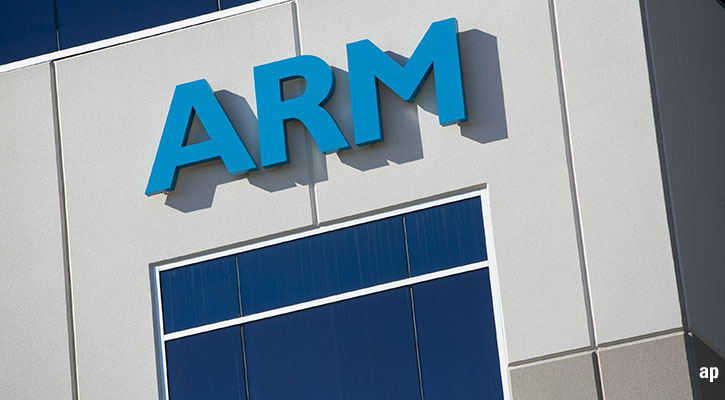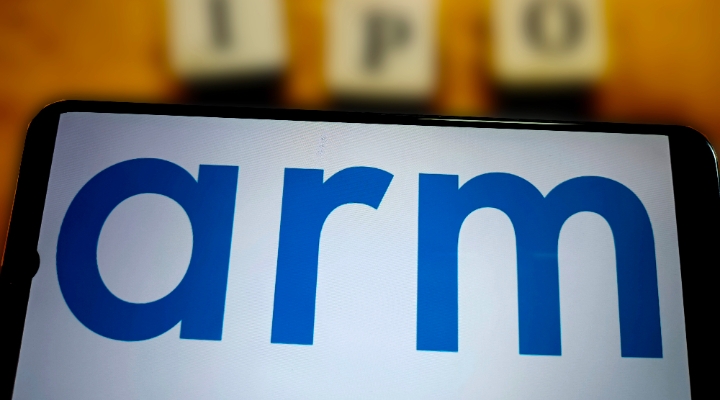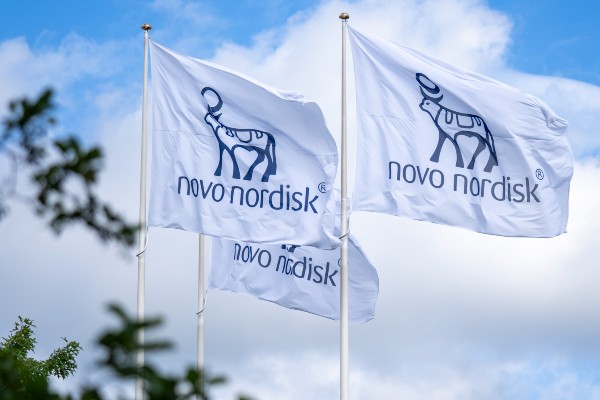
Arm quarterly results, the first since the IPO, surpassed consensus expectations (FactSet) but shares fell 5% after-hours to the $51 range as the outlook for the next quarter disappointed investors. Management guided for $720 million to $800 million in sales versus consensus expectations of $780 million, and $0.21 to $0.28 adjusted earnings per share, compared with consensus expectations of around $0.28. For the full fiscal year, it expects $2.96 billion to $3.08 billion in sales, in line with our estimates. We have slightly raised our medium-term forecasts, but we are maintaining our $34 fair value estimate and see the shares as materially overvalued. Despite Arm gaining market share — and we expect healthy growth and margin expansion from Arm in the years to come — the current share price has very high implicit expectations.
Unsurprisingly, royalty revenue declined by 5% year over year to $418 million, as the smartphone market continues to show weakness and absorb excess inventories. Cloud and automotive were the bright spots with more than 20% growth, where Arm continues to win market share to support AI workloads and vehicle electrification. Revenue also benefited from the transition toward Arm’s v9 architecture, which charges higher royalties, although only 10% of revenue comes from v9 as of today. On the licensing side, Arm added two new licensees from the smartphone industry and expects some large licenses coming in the late part of the year. This quarter also saw a heavy one-off share-based compensation of $517 million, which should moderate in the following quarters to $150 million to $200 million per quarter (a 1.5% yearly dilution at current share prices).
Arm also provided slides where it showed its market share gains since 2020 versus x86 and other architectures, growing from 42% to 51% of chip value. These gains are mainly supported by cloud infrastructure and automotive share gains. Two weeks ago, Reuters also reported that Nvidia and AMD could start designing CPUs that would run Windows laptops using Arm architecture. This would be a major blow for Intel, which has very high market share in Windows laptop CPUs using x86 architecture. Although this would not represent a large absolute number for Arm’s revenue, it reinforces the narrative that Arm is gaining market share in a broad range of computing applications.
The Back Story to Arm's Float
Arm Shares Surge on Nasdaq Debut




























